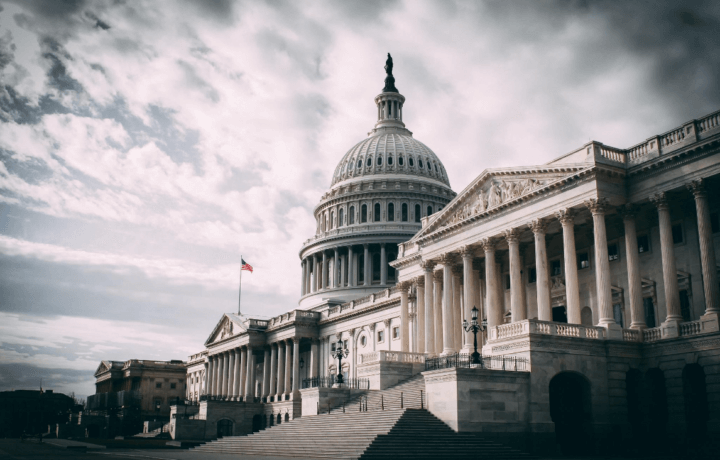Government shutdowns disrupt federal agencies’ operations. So, while continuing resolutions are not ideal either, at least the proposed move from the House removes the shutdown as a likely option. Government shutdowns have far-reaching consequences for the nation’s civil servants and the public they serve. The impact spans essential functions, from providing public benefits to conducting scientific research, managing the economy, and addressing national security challenges. Shutdowns stem from Congress’s failure to pass necessary appropriations bills, leaving federal employees in a precarious situation.
The recent analysis from Partnership for Public Service sheds light on the just how big the federal workforce is and the impact of a government shutdown.
A Study on the Impact of a Government Shutdown
Partnership for Public Service focused their study on the civilian workforce of the executive branch as of March 2023, excluding employees from the legislative or judicial branches, the intelligence community, the U.S. Postal Service, foreign service officers or locally employed staff within the Department of State, and uniformed military personnel. Additionally, the data does not cover contractors. But what they found is that the majority of the federal workforce operates beyond the Washington, D.C. area, with over 80% scattered across all 50 states. This means that many areas are impacted by the disruptive effects of a government shutdown.
Federal employees who are not funded through annual appropriations or excepted employees face the least impact. It’s never okay for an employer to be late on a paycheck, but at least the check is in the mail. For those who get furloughed without pay, the impact is much worse.
How many public servants are expected to work without pay? The Partnership for Public Service shared, “The Department of Transportation, over 27,000 employees are expected to work without pay. Over 19,000 of their colleagues would be furloughed and 10,000 will work with pay due to annual appropriations.”
But the repercussions extend beyond civilian federal employees. Active-duty service members also face financial uncertainties during a shutdown. While Congress has previously ensured military pay during shutdowns, no specific legislation guarantees pay for all 1.3 million active-duty military members. They noted that there’s “a stark difference between the 2023 shutdown discussions and the last consequential shutdown in 2018 and 2019: The state and military branches of active duty servicemembers are not guaranteed a paycheck. Our graph breaks down just how many are facing this risk.”
The Need for a Functioning Government
The report underscores the profound consequences on government services, affecting millions of individuals and their families, while emphasizing the critical need for a functioning government to fulfill its mission and deliver essential services to the public. The Partnership for Public Service report noted, “The public deserves a government that delivers on its mission, which requires the important work of the entire federal workforce.”
We’ll see if both the House and Senate can keep us on track in the new calendar year.



